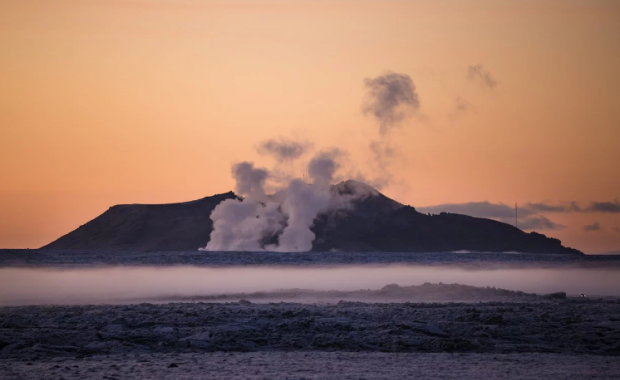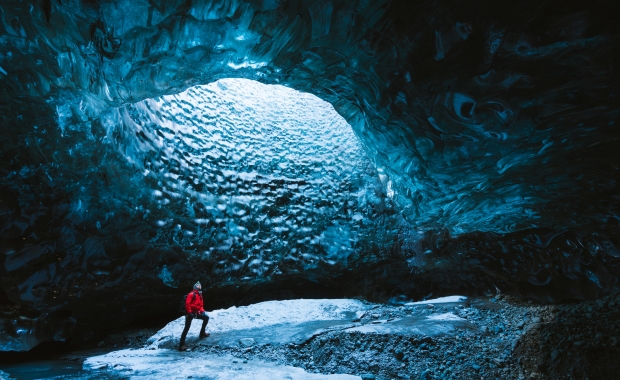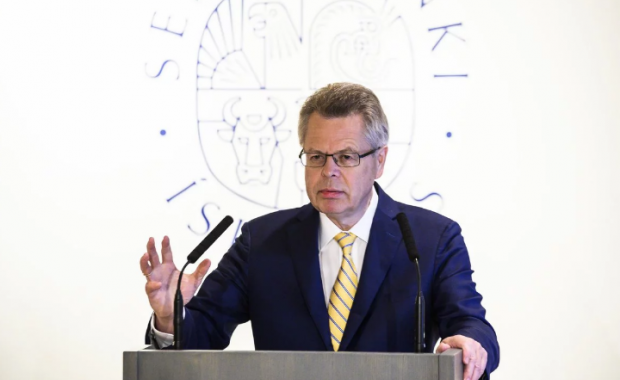Iceland's largest volcano reminded us this weekend that it's not only the political world which can erupt unexpectedly. On Sunday afternoon the monster volcano was hit by a sharp earthquake swarm. Two powerful quakes, both 3.9 magnitude hit shortly before half past two. The epicenter of both quakes was in the north eastern edge of the caldera at a depth of 4.7-4.9 km (2.9-3 mi).
Read more: Quick primer on Bárðarbunga, Iceland's most powerful volcano
According to the seismic monitoring system of the Icelandic Meteorological Officethe two large quakes have been followed by a swarm of half a dozen significant, although smaller quakes.
Bárðarbunga has been showing significant signs of seismic activity since the end of the 2014-15 Holuhraun eruption. The activity is believed to be caused by the magma chambers of the giant sub-glacial volcano re-filling.
Read more: Why the constant earthquakes? Iceland is slowly being torn apart
According to a seismologist at the IMO who spoke to the Icelandic National Broadcasting Service the night's activity was in no way unusual. A number of powerful quakes have been detected in the caldera since the end of the 2014-15 Holuhraun eruption. The IMO has not detected signs of growing likelihood of volcanic activity.
Iceland's largest volcano reminded us this weekend that it's not only the political world which can erupt unexpectedly. On Sunday afternoon the monster volcano was hit by a sharp earthquake swarm. Two powerful quakes, both 3.9 magnitude hit shortly before half past two. The epicenter of both quakes was in the north eastern edge of the caldera at a depth of 4.7-4.9 km (2.9-3 mi).
Read more: Quick primer on Bárðarbunga, Iceland's most powerful volcano
According to the seismic monitoring system of the Icelandic Meteorological Officethe two large quakes have been followed by a swarm of half a dozen significant, although smaller quakes.
Bárðarbunga has been showing significant signs of seismic activity since the end of the 2014-15 Holuhraun eruption. The activity is believed to be caused by the magma chambers of the giant sub-glacial volcano re-filling.
Read more: Why the constant earthquakes? Iceland is slowly being torn apart
According to a seismologist at the IMO who spoke to the Icelandic National Broadcasting Service the night's activity was in no way unusual. A number of powerful quakes have been detected in the caldera since the end of the 2014-15 Holuhraun eruption. The IMO has not detected signs of growing likelihood of volcanic activity.






